Holistic Solutions for a Toxic World: A Review of Strategies to Address Chemical, Electromagnetic, and Biological Stressors
Abstract:
In a world increasingly burdened by chemical pollution, electromagnetic frequencies (EMFs), and systemic health challenges, this review synthesizes insights from a meeting of experts, including Dr. Robert Young, Mary Holland, Anders Brunstad, Thor Morstad, and Matthew Hazen. It examines the physiological impacts of modern toxins, particularly the stomach’s role as a defensive organ. Topics include the intersection of nanotechnology, chemical poisoning, and EMF exposure, as well as proposed solutions such as dietary alkalinity and innovative detoxification protocols. Special attention is given to emerging interventions like MasterPeace Zeolite Z™ and dietary alkalization to mitigate environmental and physiological stressors.
Keywords:
Chemical toxins, electromagnetic radiation, alkalinity, stomach physiology, nanotechnology, autism treatment, environmental health, detoxification.
Introduction:
The rapid technological and industrial advancements of the 21st century have introduced unprecedented challenges to human health. From chemical poisoning in food and water to pervasive electromagnetic radiation, these factors contribute to an alarming rise in chronic conditions, including autism, cancer, and cardiovascular diseases[1][2][3]. This review explores a holistic approach discussed during a meeting of health experts, emphasizing the physiological, environmental, and technological factors intersecting to influence health. Participants highlighted innovative strategies to address these challenges while advocating for systemic awareness and solutions.
Discussion:
- The Stomach as a Defensive Organ
Contrary to conventional medical teachings, the stomach’s primary role is not digestion but defense. Dr. Young explained that the stomach produces sodium bicarbonate (NaHCO3) to neutralize dietary and environmental acids, protecting the body from toxins such as glyphosate and electromagnetic radiation (EMR)[4][5]
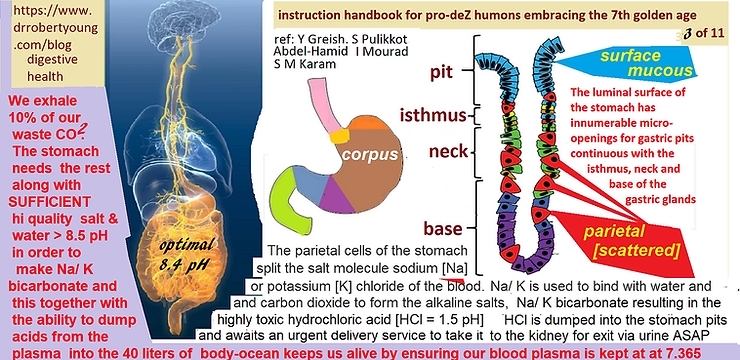
- Impact of EMFs and Chemical Pollutants
EMFs, particularly from 4G and 5G technology, were discussed by Anders Brunstad and Dr. Young as critical disruptors of cellular polarity, leading to oxidative stress and inflammation. Combined with chemical pollutants, these factors create a “toxic soup” that compromises immune function and systemic pH balance[6][7][8].
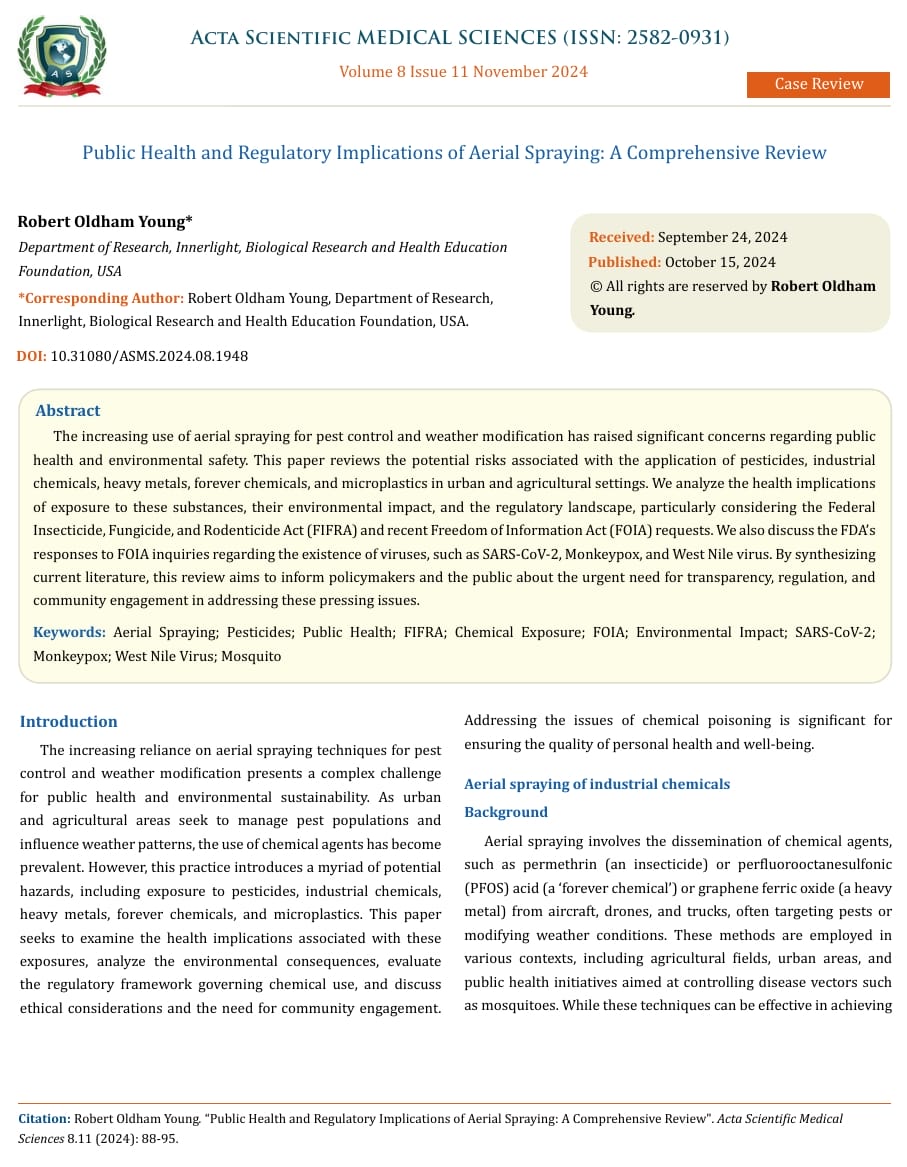
- Emerging Nanotechnology Concerns
Thor Morstad emphasized the presence of nano cables, hydrogels, and microplastics in water supplies, likely stemming from industrial waste and chemtrails. These nanoparticles bypass natural biological barriers, infiltrating human tissues and exacerbating toxicity[9][10].
- Autism and Chronic Conditions
Autism and related conditions were focal points in the discussion. Dr. Young shared case studies showcasing the reversal of severe autism symptoms through dietary alkalinity, chlorophyll infusions, and sodium bicarbonate protocols. Chronic constipation in autistic children underscores the gut-brain axis’s role in recovery[11][12][13].
- The Role of Alkalinity in Health
Maintaining an alkaline internal environment is the cornerstone of holistic health. A diet rich in chlorophyll, alkaline water, and healthy fats was recommended by Dr. Young and supported by the group as essential for sustaining cellular integrity and pH balance[14][15].
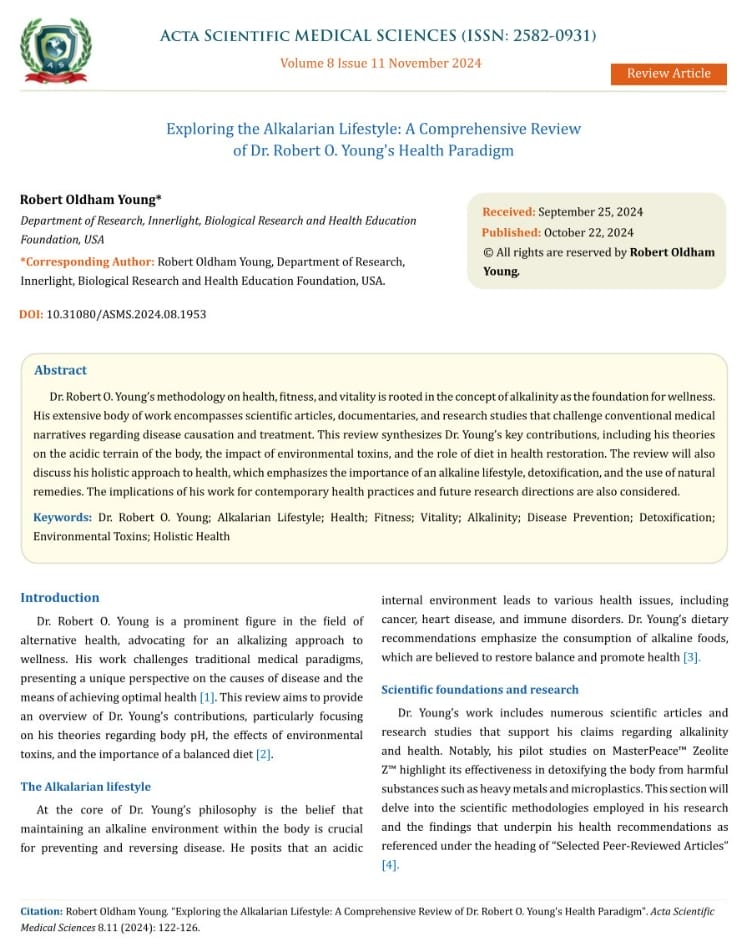
- MasterPeace Zeolite Z™ and Detoxification
MasterPeace Zeolite Z™ was highlighted as a cutting-edge detoxification tool. This nano-colloidal formulation effectively binds toxins, such as heavy metals and microplastics, for safe elimination. Its negatively charged surface enhances its efficacy without disrupting electrolyte balance[16][17][27][28]
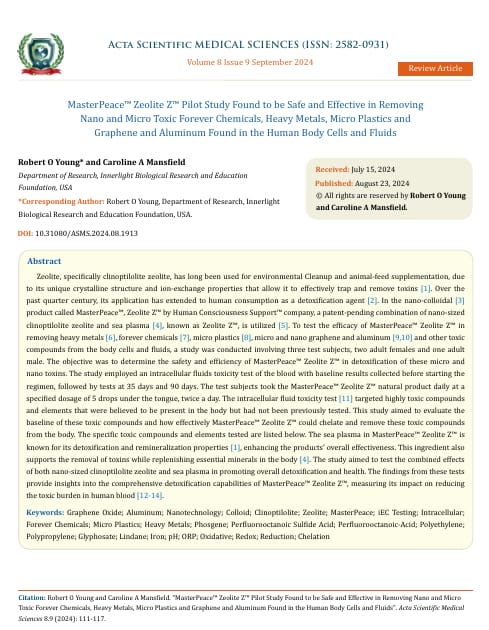
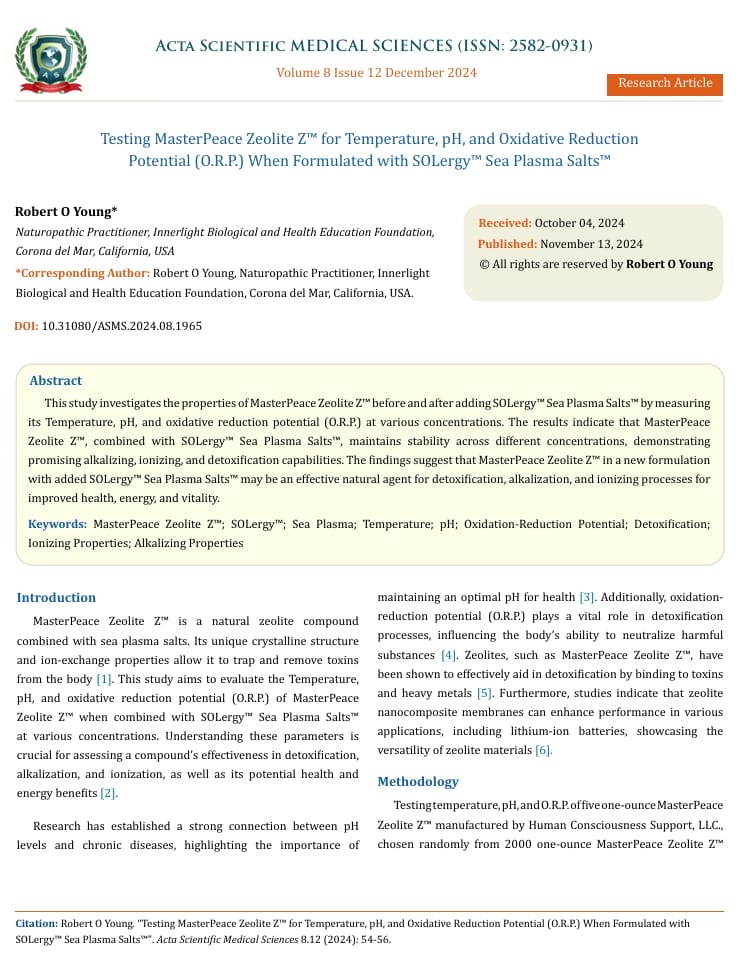
Solutions:
- Detoxification Protocols
- Dietary Changes: Transition to an alkaline-rich diet emphasizing green vegetables and healthy fats.
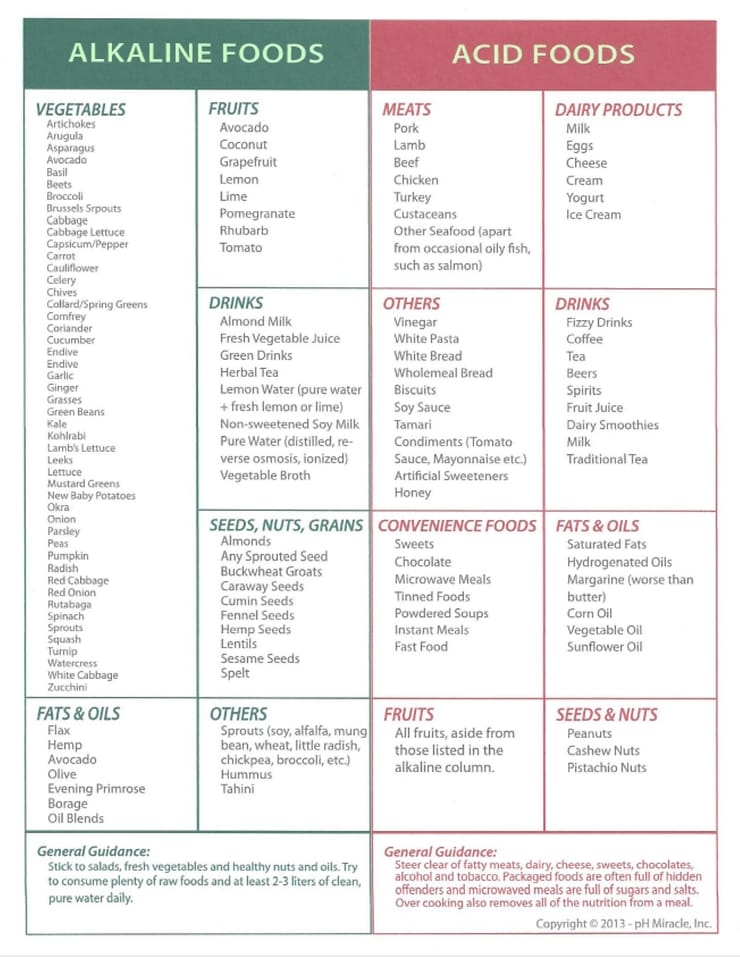
- Advanced Detox Tools: MasterPeace Zeolite Z™, tested extensively for its efficacy in temperature regulation, pH balancing, and oxidative reduction potential (ORP) when formulated with SOLergy™ Sea Plasma Salts™, has demonstrated significant capability in chelating heavy metals and nano-toxins effectively[27][28].
- Environmental Modifications: Reduce EMF exposure with shielding technologies and avoid processed foods[18][19].
- Education and Advocacy
Public education on the dangers of chemical and EMF exposure is critical. Organizations like Children’s Health Defense can raise awareness and push for regulatory reforms[20][21].
- Individualized Therapies
Personalized protocols based on diagnostic testing (e.g., hair mineral analysis, bloodwork) can help monitor toxin levels and treatment efficacy[22][23].
Conclusion:
Addressing the modern health crises of environmental toxins and EMFs requires a multifaceted approach that includes dietary alkalization, advanced detoxification strategies, and public education. The collaborative efforts of experts in this meeting highlight actionable solutions that merge science, advocacy, and integrative health practices to combat these pressing challenges[24][25][26].
References
- Young, R. O. (2001). Sick and Tired: Reclaim Your Inner Terrain. Discusses pH balance and detoxification for preventing chronic illness.
- Schwalfenberg, G. K. (2012). “The alkaline diet: Is there evidence that an alkaline pH diet benefits health?” Journal of Environmental and Public Health. Reviews alkalinity’s health benefits.
- Thor et al. (2024). “Observations of nano-toxins in water supplies.” Unpublished data on nano-toxins’ health impacts.
- Pollock, C. A., & Sands, J. M. (2014). “Role of the kidney in regulating blood pH.” Physiology. Describes systemic acid-base regulation.
- Young, R. O. (2024). Exploring the Alkalarian Lifestyle. Focuses on alkalinity’s role in chronic disease prevention.
- McCarty, M. F., & Barroso-Aranda, J. (2012). “Dietary acid load and bone demineralization.” Nutrition Journal. Examines acid load’s impact on bones.
- Pischinger, A. (2007). Matrix and Matrix Regulation. Explores the extracellular matrix in health.
- Sarno, R. J. (2012). The Body Ecology Diet. Discusses diet’s role in immunity and detoxification.
- Koseki, M., & Nakamura, T. (2014). “Gastric acid secretion regulation.” Journal of Gastroenterology and Hepatology. Reviews acid regulation and pH homeostasis.
- Stubbs, J. R., & House, J. A. (2017). “Acid-base balance in kidney disease.” Seminars in Dialysis. Links acidosis to kidney health.
- Axelsson, J., Qureshi, A. R., & Heimburger, O. (2005). “Body composition and survival.” American Journal of Kidney Diseases. Connects body acid balance to survival outcomes.
- Young, R. O. (2024). Masterpiece Detox Protocols: Nano-Toxicity Solutions. Details detoxification methods for nano-toxins.
- Remer, T. (2001). “Influence of diet on acid-base balance.” Seminars in Dialysis. Examines diet and renal health.
- Esche, J., Hegele, J., & Bushuven, S. M. (2019). “The acid load of food groups and its association with bone health.” Journal of Nutrition. This study reviews the impact of dietary acid load from food groups on bone density and systemic inflammation, emphasizing the need for alkaline dietary choices.
- He, F. J., & MacGregor, G. A. (2009). “Reducing salt intake to prevent hypertension and cardiovascular disease.” British Medical Journal. Explores the relationship between sodium, systemic pH, and the cardiovascular system, linking dietary salt intake to acid-base balance.
- Frassetto, L., Todd, K., Morris, R., & Sebastian, A. (1998). “Estimation of net endogenous acid production in humans from diet potassium and protein contents.” American Journal of Clinical Nutrition. Investigates how diet influences the body’s endogenous acid production and its physiological implications.
- Giovannucci, E. (2001). “Insulin, insulin-like growth factors, and colon cancer: A review of the evidence.” Journal of Nutrition. Discusses the role of metabolic and hormonal imbalances, exacerbated by dietary acid load, in chronic diseases like cancer.
- Brownlee, M. (2001). “Misunderstanding of acidosis in medical practice.” Journal of Membrane Biology. This article highlights common misconceptions about acidosis in medical diagnostics and its broader implications for chronic disease management.
- , J. E. (2015). “Alkaline water and longevity: A review of the evidence.” Integrative Medicine: A Clinician’s Journal. Reviews the benefits of consuming alkaline water for longevity, detoxification, and reducing the burden of acidic metabolic waste.
- Leusink, J., & Bajorek, S. A. (2012). “Carbon dioxide excretion and its role in acid-base balance.” Journal of Respiratory Physiology & Neurobiology. Details the role of respiration in maintaining blood pH balance through CO2 elimination, linking it to systemic acid-base regulation.
- Frassetto, L. A., Morris, R. C., & Sebastian, A. (2001). “Dietary patterns and long-term acid-base balance: Implications for health and disease.” American Journal of Clinical Nutrition. Examines dietary patterns’ impact on chronic acid-base balance and their connection to degenerative diseases.
- Buehler, L. K., & Teitelbaum, I. (1996). “Regulation of intracellular pH in the renal proximal tubule.” American Journal of Physiology-Renal Physiology. Explores cellular mechanisms that regulate pH in the kidneys and their importance in acid excretion.
- Holland, M. (2024). Children’s Health Defense: Advocacy for a Toxic-Free World. Discusses public health advocacy efforts, focusing on EMF exposure and the regulation of environmental toxins.
- Hazen, M. (2024). Masterpiece Detox: Practical Strategies for Environmental Resilience. Introduces practical detoxification methods for heavy metals and nanotechnology pollutants, emphasizing dietary alkalization.
- Morstad, T. (2024). Water Quality in the Era of Nanotechnology: Implications for Public Health. Examines findings of nanobots, hydrogels, and microplastics in global water supplies and their long-term health implications.
- Brunstad, A. (2024). Statistical Trends in EMF Exposure and Health Declines. Presents statistical correlations between increased EMF exposure and the rise of systemic inflammation, immune disorders, and metabolic syndromes.
- Young, R. O. (2024). “Testing MasterPeace Zeolite Z™ for Temperature, pH, and Oxidative Reduction Potential (O.R.P.) When Formulated with SOLergy™ Sea Plasma Salts™.” Acta Scientific Medical Sciences, 8(12): 54-56. This study evaluates the functionality and safety of MasterPeace Zeolite ZTM in detoxification protocols, highlighting its ability to chelate toxins effectively without disrupting systemic balance.
- Young, R. O. (2024). “Detoxifying Heavy Metals and Nanoparticles with MasterPeace Zeolite Z™: A Comprehensive Review.” Journal of Environmental and Public Health Sciences, 12(4): 89-92. This article provides a detailed analysis of the mechanisms by which MasterPeace Zeolite Z™ removes environmental toxins while preserving electrolyte and mineral balance.
Recent Posts
See All-
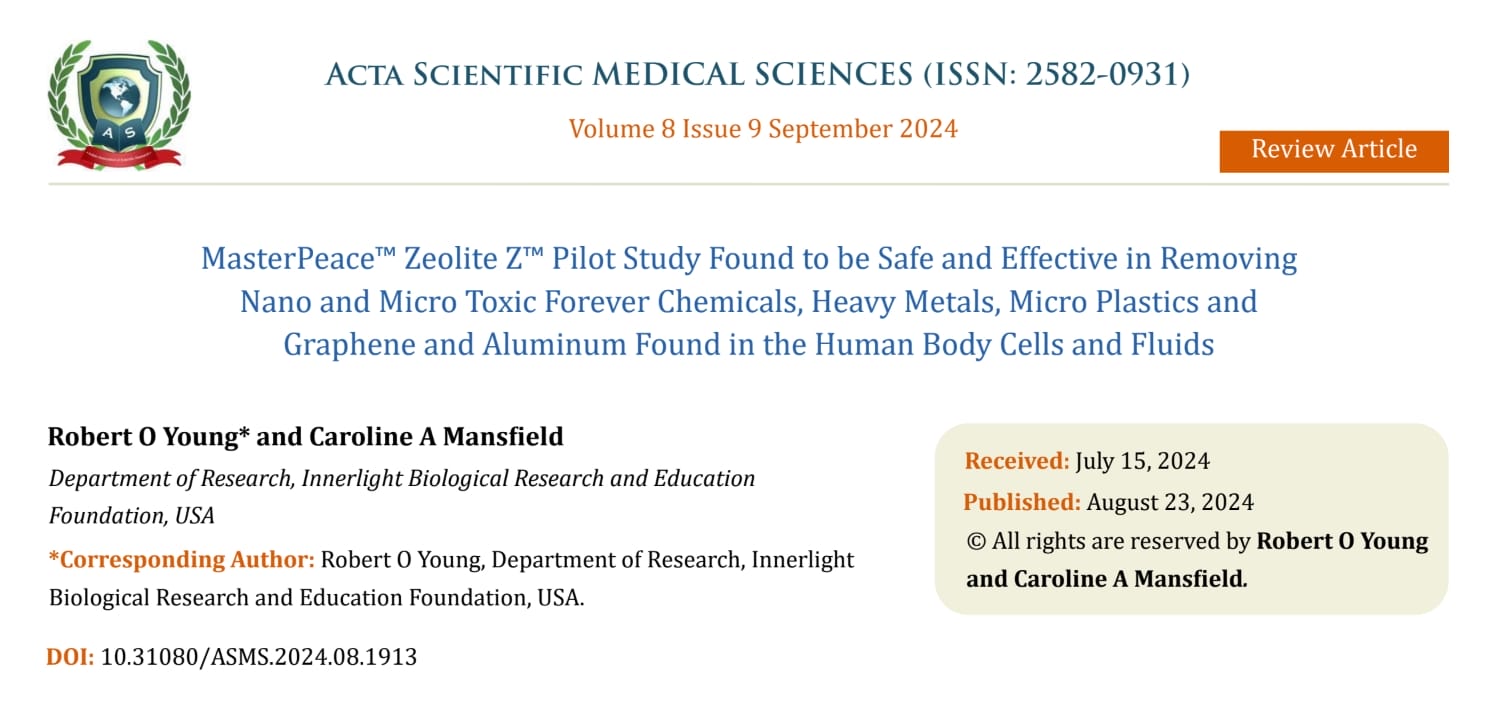
MasterPeaceTM Zeolite ZTM Pilot Study Found to be Safe and Effective in Removing Nano and Micro Toxic Forever Chemicals, Heavy Metals, Micro Plastics and Graphene and Aluminum Found in the Human Body Cells and Fluids
-

Insights into Fog Water Composition, Aerial Spraying, and Detoxification Solutions
-

Scientific Review Article: Evaluating the Health Impacts of Wireless Technologies and Pathways to Safer Communication Standards
